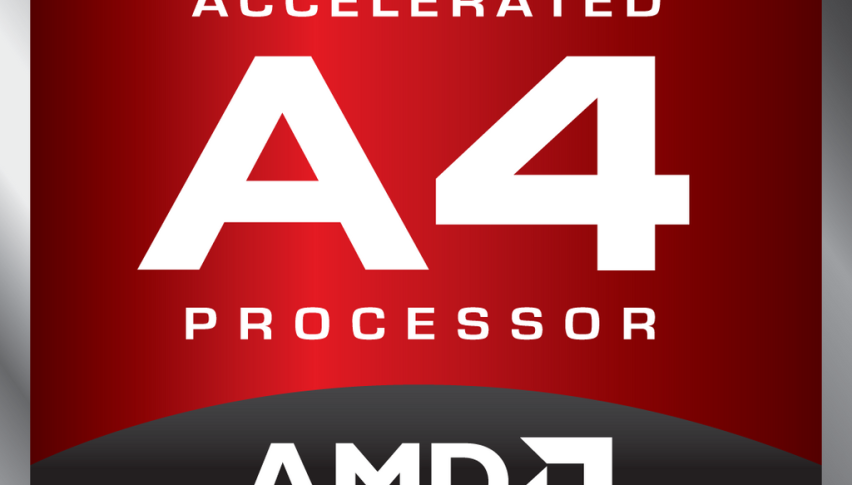AMD Stock Breaks Uptrend on Weak Q2, Chip Competition, Heads to $140
Advanced Micro Devices’ impressive three-month rally has stumbled, with investor optimism shaken by weaker-than-expected results and...

Quick overview
- AMD's recent rally has stalled due to disappointing quarterly earnings and increased competition in the semiconductor industry.
- Shares dropped over 6% after the earnings report, raising concerns about the performance of AMD's AI-driven data center division.
- The competitive landscape is intensifying, with rivals like Nvidia and Intel making significant advancements in chip development.
- Analysts remain cautiously optimistic about AMD's fundamentals, but geopolitical risks and execution challenges could hinder future growth.
Advanced Micro Devices’ impressive three-month rally has stumbled, with investor optimism shaken by weaker-than-expected results and intensifying industry competition.
A Break in Momentum
After climbing steadily since April, AMD’s (NASDAQ: AMD) rally came to a halt following its latest quarterly earnings. Shares dropped more than 6% in after-hours trading last Tuesday, slipping below $160 in the U.S. session.
Although revenue edged just above estimates, investors were unsettled by the underperformance of the company’s AI-driven data center division. The disappointment raised concerns that the artificial intelligence boom may be cooling, at least for AMD’s segment of the market.
AMD Chart Daily – The 20 SMA Is Finally Broken
Initially, the selloff appeared to be overdone, as AMD opened the following day with a large gap higher, briefly touching $186.65. However, momentum quickly faded, and by the end of last week the stock reversed lower once again. The decline deepened this Tuesday, with shares testing the $160 level and falling below the 20-day simple moving average (SMA) for the first time since April, a sign that the uptrend may be losing steam.
A Tougher Competitive Landscape
AMD’s challenges are magnified by a semiconductor sector that is becoming more aggressive and crowded. Nvidia has accelerated chip development to defend its foothold in the Chinese market while continuing progress on its Rubin line of processors. Arm Holdings has shifted toward in-house chipmaking to secure a stronger position in global supply chains. Intel, meanwhile, has attracted a $2 billion investment and could soon see the U.S. government take a 10% equity stake, underscoring Washington’s push to secure domestic chip production.
Analysts Weigh In
Despite the pressures, some analysts still see strength in AMD’s fundamentals. Goldman Sachs’ James Schneider noted AMD’s leading position in data center GPUs but warned that sky-high investor expectations and scaling constraints could cap near-term upside. He projected that by 2026, AMD’s data center GPU revenue might reach $10–11 billion, but stressed that execution risks remain significant.
Geopolitical Risks Loom
Beyond earnings and competition, AMD must also navigate mounting geopolitical risks. China, which accounts for roughly 24% of AMD’s total revenue, remains a focal point of uncertainty. Rising trade tensions between Washington and Beijing, along with U.S. restrictions on advanced chip exports, pose significant threats. Supply chain realignments designed to reduce reliance on China may also increase costs and slow growth in the medium term.
Outlook: With investor sentiment shaken and rival chipmakers making strategic moves, AMD faces a tougher road ahead. The stock’s ability to reclaim momentum may hinge on whether it can demonstrate consistent growth in its AI data center unit while managing global risks that increasingly shape the semiconductor industry’s outlook.
- Check out our free forex signals
- Follow the top economic events on FX Leaders economic calendar
- Trade better, discover more Forex Trading Strategies
- Open a FREE Trading Account

